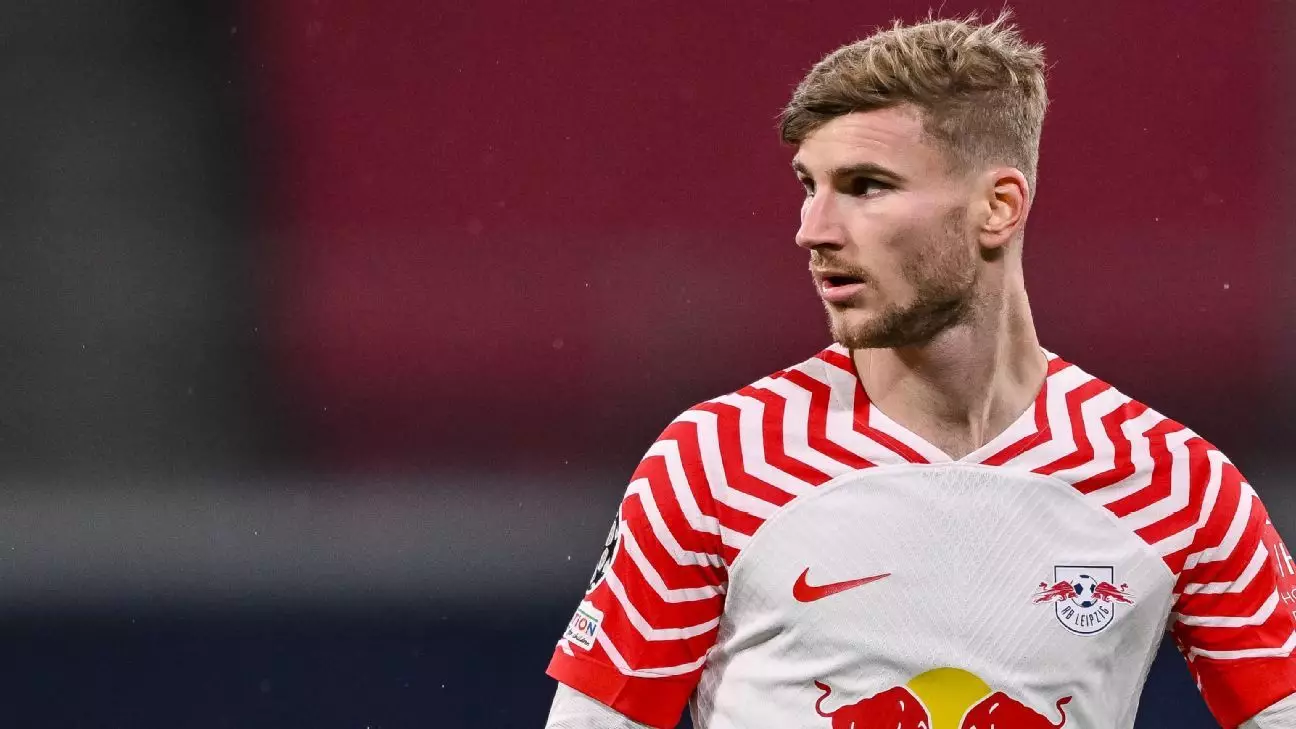As another summer transfer window comes to a close, it has become abundantly clear that men’s soccer clubs across Europe are not shying away from breaking records and spending exorbitant amounts of money to secure top players. In fact, according to Deloitte, Premier League clubs alone spent a staggering £2.36 billion during this transfer window, surpassing the previous record set just last year by an additional £440 million. This heightened spending trend was not limited to the Premier League, as gross transfer spend increased across all of Europe’s top leagues, with the exception of Spain’s LaLiga. Additionally, it is noteworthy to highlight the significant impact of Saudi Pro League clubs, who contributed £245 million to sign players from the Premier League. With all this in mind, the burning question arises: will the January transfer window witness a similar spending spree?
Traditionally, the January transfer window is relatively slower compared to its summer counterpart. Nevertheless, January 2023 defied expectations, as Premier League clubs shattered previous records by spending a jaw-dropping £815 million. This figure soared 90% higher than the previous record of £430 million set in 2018. With such unprecedented spending, it becomes imperative to assess the major confirmed summer transfers and grade them accordingly.
RB Leipzig’s decision to spend €30 million to re-acquire Timo Werner in 2022 appeared promising. However, Werner’s underwhelming performance of just two goals in 14 games this season indicates a significant regression from his initial spell, where he scored an impressive 95 goals in 159 appearances. While RB Leipzig managed to make a decent profit by subsequently transferring him to Chelsea for €50 million in 2020, the club likely did not expect him to struggle to such an extent that a loan spell became necessary. On the other hand, Tottenham’s decision to secure Werner on loan as a backup striker raises eyebrows. It is difficult to fathom what impressed Tottenham about his time at Chelsea, where he managed to score only 23 goals in 89 games. This move appears to be a short-term solution, as stop-gap measures rarely yield positive results.
Manchester City’s acquisition of Zack Steffen for $7 million from Columbus Crew in 2019 did not pan out as expected. Despite making only 21 appearances while being loaned out to Fortuna Dusseldorf and Middlesbrough, Steffen could never dislodge Ederson from the prestigious No. 1 spot. Consequently, a move that proves beneficial for Steffen, who is still only 28 years old, materializes as he departs for the Colorado Rapids. The Rapids secure a valuable addition to their team, while Steffen’s regular playing time in Major League Soccer (MLS) could potentially reignite his national team aspirations with the United States. The move emerges as a win-win situation for both parties involved.
Athletico Paranaense’s decision to part ways with their 18-year-old prodigy, who scored an impressive 28 goals in 80 appearances, signifies the inevitable outcome when a big European club comes knocking. However, Athletico managed to secure a very decent fee for his services, accentuating their ability to negotiate effectively. Barcelona, despite their financial hardships, embarked on a risky venture by bidding such a substantial amount. Their faith rests in the promising talent of the young Brazilian forward, reminiscent of Luis Suarez. Although it remains challenging to grade this transfer due to the player’s tender age, if he fulfills his potential, Barcelona will undoubtedly consider this investment a bargain.
Benfica, renowned for their astute dealings, displayed their prowess once again as they negotiated a lucrative deal with PSG for Ramos. Having emerged from Benfica’s youth ranks, Ramos’s €65 million transfer fee embodies pure profit for the club, with an additional €15 million expected in performance-based add-ons. While Benfica will miss Ramos’s 46 goals in 106 games, Marcos Leonardo from Santos presents a promising replacement. Although Leonardo’s three goals and one assist from 18 games do not scream excellence, PSG’s eagerness to prepare for a potential Kylian Mbappe departure amplifies the young Portuguese international’s potential importance. However, if Leonardo fails to find the back of the net with more consistency, this transfer might be deemed a flop.
Sao Paulo faced an uphill battle as they attempted to retain their sought-after talent, especially considering the €20 million fee associated with a center-back. Consequently, the deal with PSG emerges as a considerable success for Sao Paulo. PSG, in need of defensive depth, gains a player with immense potential and the opportunity to learn from the likes of Marquinhos. Next, we turn our attention to Manchester United’s Van de Beek, whose €45 million transfer from Ajax in 2020 initially appeared to be an ideal match under the guidance of Ten Hag. Unfortunately, the Dutch midfielder failed to impress at United. Eintracht Frankfurt, however, secures an advantageous agreement by paying a modest loan fee and covering a majority of Van de Beek’s wages. This Bundesliga move provides a platform for Van de Beek to regain his lost confidence and potentially make a lasting impact.
Tottenham’s treatment of Hugo Lloris raises questions. Despite captaining the club last season, Lloris found himself sidelined for the past six months and ultimately departed for LAFC. Spurs’ decision to release the 37-year-old goalkeeper for free mid-season reflects a rather somber conclusion to his 11-year tenure in North London. LAFC, while aware they may not have many years left with Lloris, recognizes the experience and value he brings to the team. As France’s most-capped player with 145 appearances, Lloris can still contribute and offer insights, making this a worthwhile acquisition for LAFC.
The summer transfer window represents a battlefield of financial superpowers constantly vying for supremacy through record-breaking signings. While some transfers showcase careful planning and strategic decision-making, others highlight short-sightedness and desperation. As clubs continue to invest substantial sums of money, they must exercise caution and ensure that their transfers align with their long-term objectives. Only time will reveal which clubs emerge as the victors and which ones find themselves burdened by regret.
